China will significantly improve the signal of its mobile communication networks including 4G and 5G covering more than 80,000 locations, along 25,000 kilometers of railways, 350,000 kilometers of expressways, and 150 metro lines by the end of 2024, the Ministry of Industry and Information Technology (MIIT) and other government departments said on Wednesday in a notice.
By the end of 2024, the average downlink access rate of mobile networks should not be lower than 200 Mbps, while the average uplink access rate should not be lower than 40 Mbps. Major service indicators including signal latency and delays will be improved, read the notice.
The goal for 2025 will be further improved, according to the notice. More than 120,000 key locations, 30,000 kilometers of railways, 500,000 kilometers of roads, and 200 metro lines will be covered by mobile networks with an increased 5G coverage.
The average downlink access rate of the mobile networks by the end of 2025 should not be lower than 220 Mbps, and the average uplink access rate should reach 45 Mbps or higher. The major service indicators are expected to be fully optimized.
The 11 central government departments will carry out a specific operation to upgrade the nation’s signal coverage in a bid to meet growing public demand and support the digital transformation of key industries in China.
Dedicated measures will be implemented to strengthen mobile coverage for the key locations from medical facilities to villages, accelerate the optimization for crucial services, and improve the monitoring and supervision.
China currently has more than 6 million 4G base stations with the network covering all urban and rural areas, according to official data. The number of 5G base stations has reached 3.28 million with more stations to be rolled out this year, which will set a solid foundation for the nation’s digital transformation.
China will strive to realize the commercialization of 6G by 2030, and it is expected that standardization for the technology will be achieved around 2025, according to Wang Zhiqin, the leader of China's 6G promotion team and vice president of the China Academy of Information and Communications Technology, in December 2023.








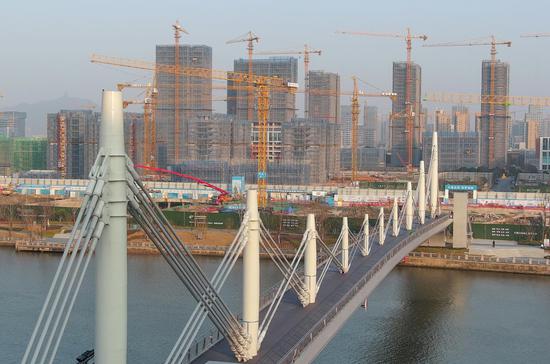





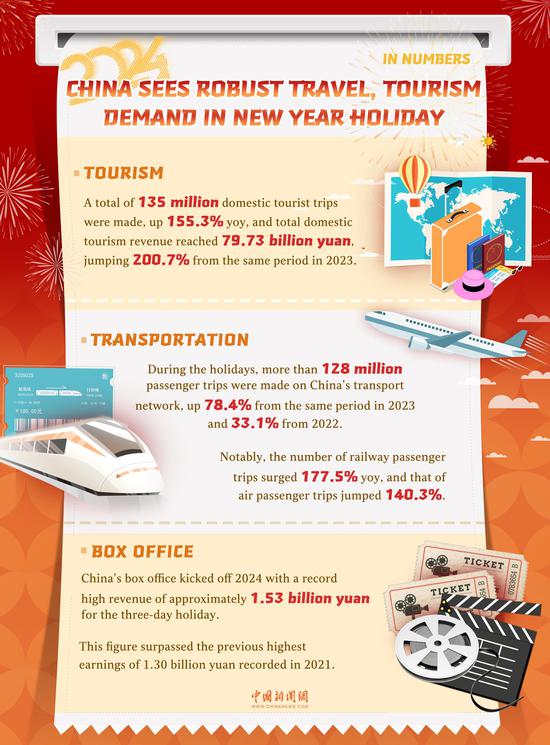










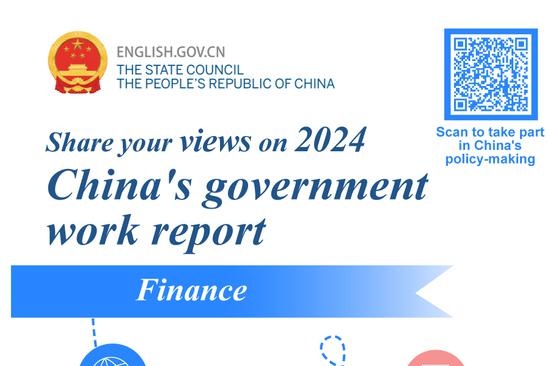




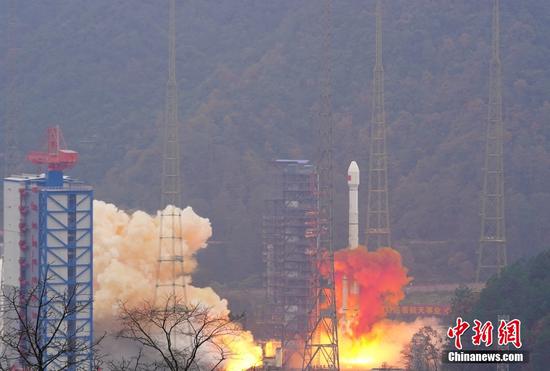









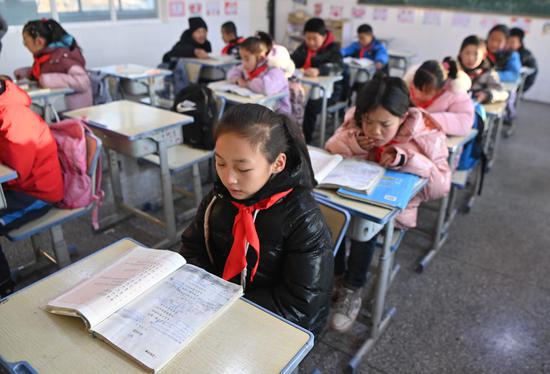









 京公网安备 11010202009201号
京公网安备 11010202009201号